- Free shipping to mainland Spain for orders over 300€.
Victron VE.Bus BMS - BMS300200000
107,16€
TAXES INC.
- It will shut down or disconnect loads in the event of imminent undervoltage in the switchgear.
- It will reduce the load current in the event of an imminent overvoltage or overtemperature of the switchgear (VE.Bus products, see below).
- It shall shut down or disconnect battery chargers in the event of imminent overvoltage or overtemperature of the cells.
Producto disponible para la venta

Finance your purchase with Cetelem
Reference:
BMS300200000
Categories: Batteries, BMS for lithium batteries
Product information
Victron VE.Bus BMS
The Victron VE.Bus BMS protects the individual cells of Victron lithium iron phosphate (LiFePO4 or LFP) batteries.
Each cell of a LiFePO4 battery must be protected against overvoltage, undervoltage and overtemperature. LiFePO4 batteries of Victron have integrated balancing, temperature and voltage control (acronym: BTV) and is connected to the VE.BUS BMS with two sets of M8 circular connector cables. Multi-battery BTVs can be connected in series.
Multi-battery BTVs can be connected in series. Up to five batteries can be connected in parallel, and up to four in series (BTVs are simply daisy-chained), so that a 48 V battery bank of up to 1500Ah can be assembled.
The BMS:
- will shut down or disconnect loads in the event of imminent undervoltage in the switchgear,
- reduce the load current in case of an imminent overvoltage or overtemperature of the switchgear (VE.Bus products, see below), and
- shut down or disconnect battery chargers in the event of an imminent overvoltage or overtemperature of the cells.
Protects 12V, 24V and 48V systems
BMS operating voltage range: 9 to 70V DC.
Communicates with all VE.Bus products
The VE.Bus BMS is connected to a MultiPlus, Quattro or Phoenix inverter via a standard RJ45 UTP cable.
Other products without VE.Bus can be controlled as shown below:
Disconnection of the load
The load disconnect output is usually high and switches to free float in case of imminently low voltage cells (default 3.1 V/cell, adjustable at the battery between 2.85 V and 3.15 V per cell).
Maximum current: 2 A.
The load disconnect output can be used to control:
- the remote on/off of a load, and/or
- the remote on/off of an electronic load switch (BatteryProtect)
Pre-alarm
The pre-alarm output is usually free-floating and goes high in case of imminently low voltage cells (default 3.1 V/cell, adjustable at the battery between 2.85 V and 3.15 V per cell).
Maximum current: 1 A (without short-circuit protection)
The minimum delay between pre-alarm and load disconnection is 30 seconds.
Disconnection of the charger
The disconnection output of the charger (or alternator) is normally high and becomes floating in case of overvoltage or imminent overtemperature in the cells.
Maximum current: 10 mA.
The disconnection output of the charger can be used to control
- the remote on/off of a charger and/or
- a Cyrix-Li-load relay and/or
- a Cyrix-Li-ct battery combiner.
LED indicators
- Activated (blue): VE.Bus products are activated.
- Cell > 4V or temperature (red): the charger disconnection output is low due to overvoltage or imminent overtemperature in the cells.
- Cell > 2.8V (blue): load disconnect output is high.
Datasheet Victron VE.Bus BMS - BMS300200000
Additional information
| Weight | 1 kg |
|---|---|
| Dimensions | 5 × 10 × 20 cm |
Product reviews
Be the first to review “Victron VE.Bus BMS – BMS300200000” Cancel reply
You must be logged in to post a review.

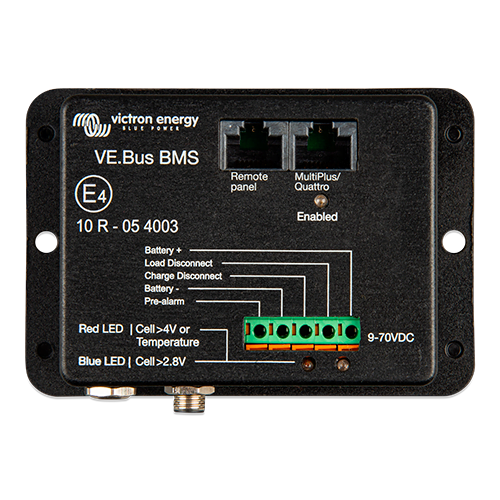
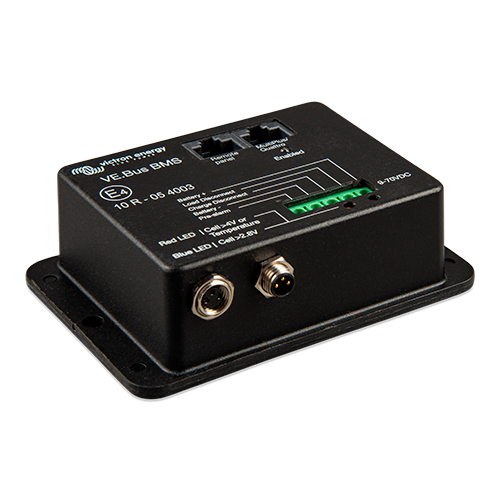

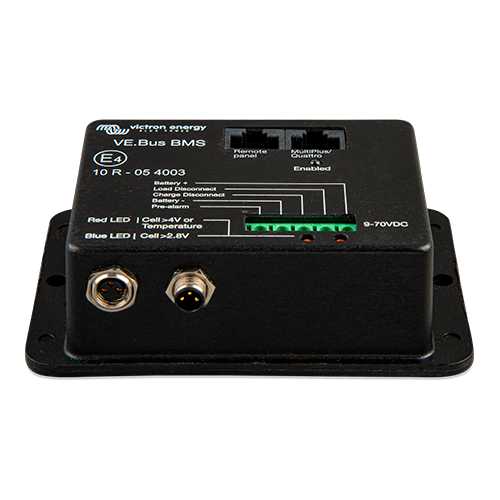
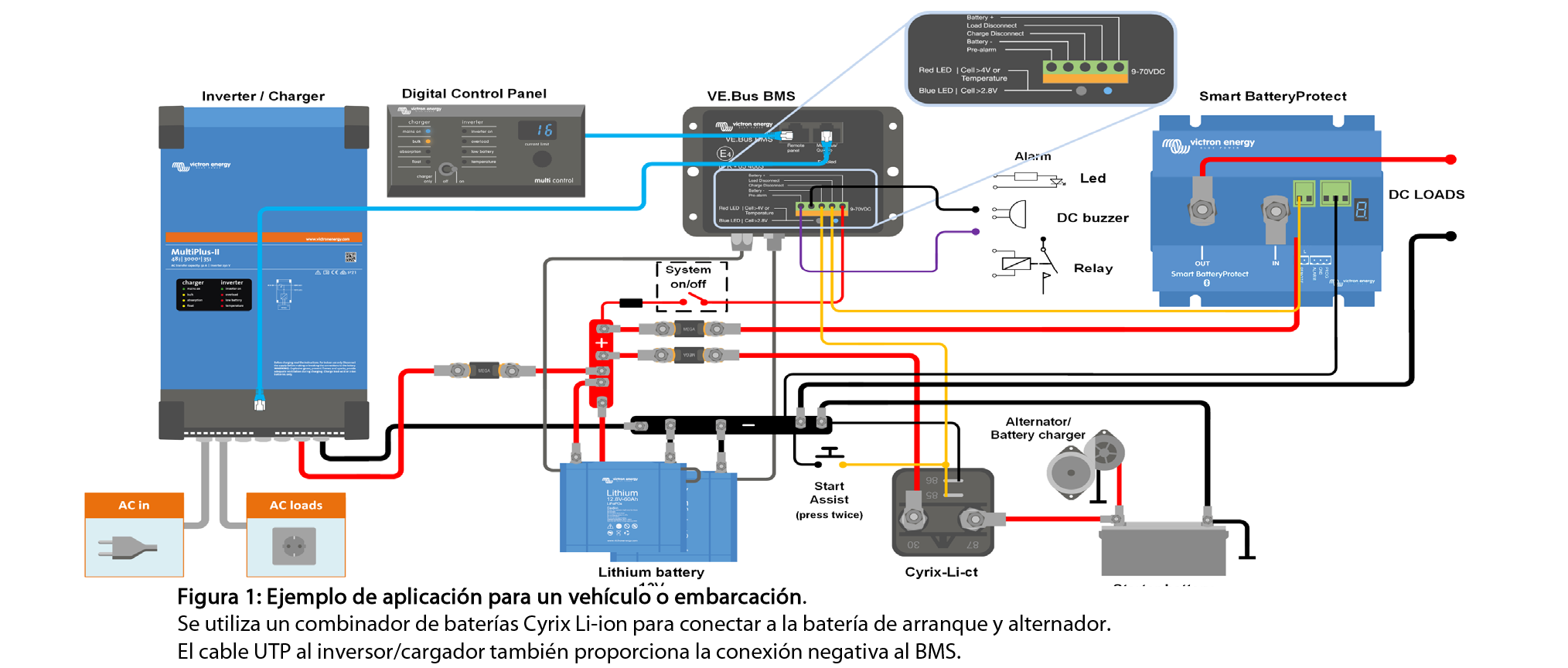



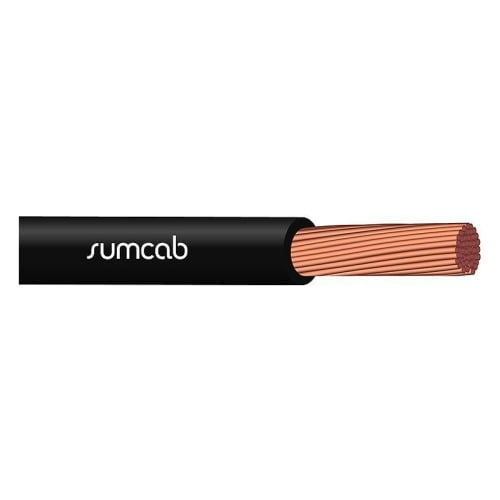



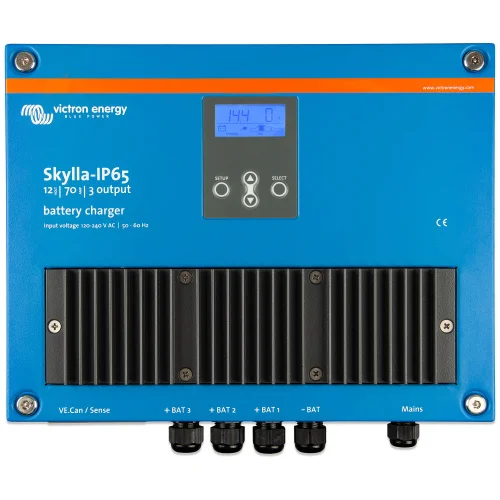



Reviews
There are no reviews yet.